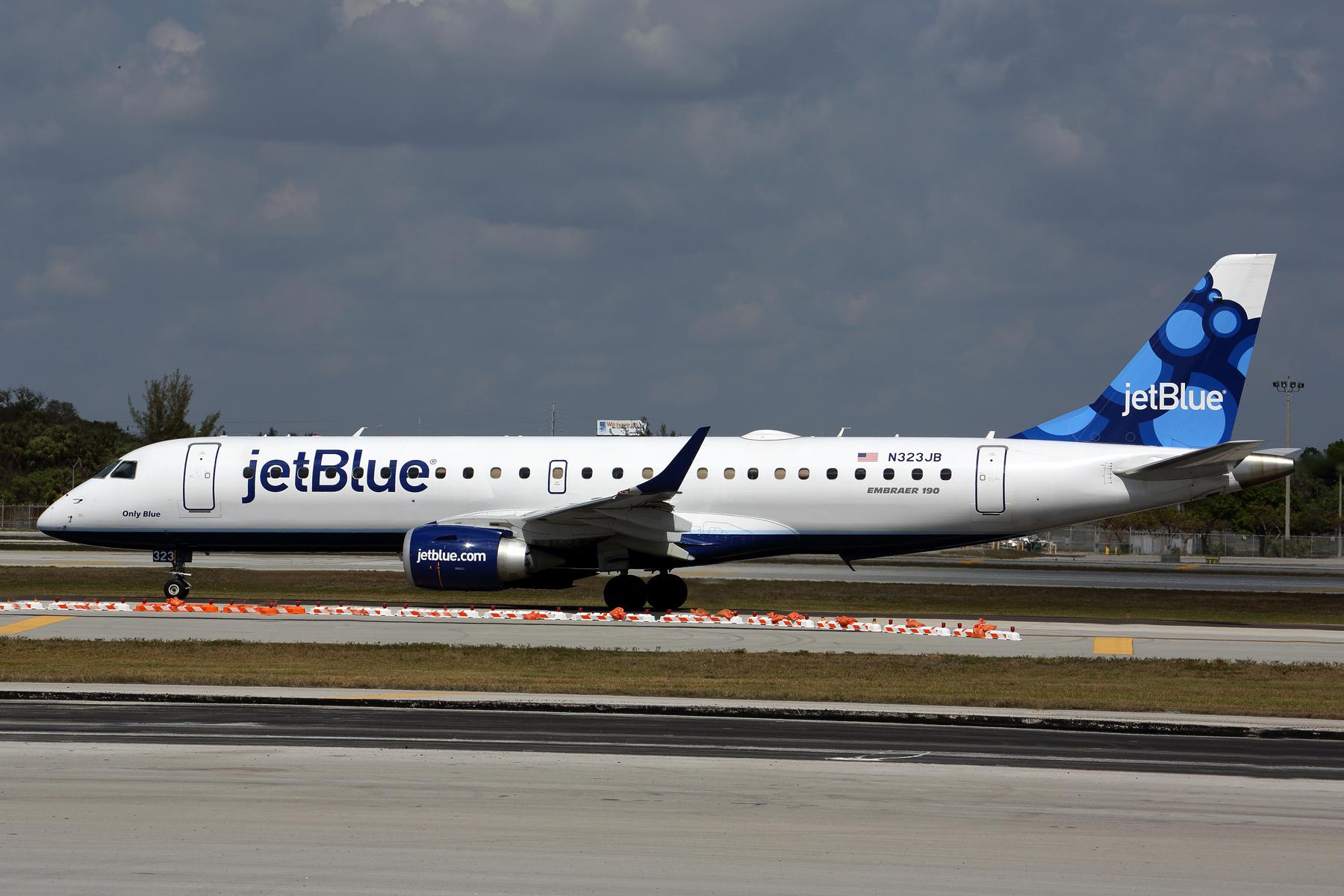
Credit: Rob Finlayson
JetBlue Airways announced plans to delay retiring its Embraer E190 fleet, part of an effort to accommodate resurgent demand and new growth opportunities driven by its alliance with American Airlines in the northeastern U.S. New York-based JetBlue has 60 100-seat E190s in its current fleet, of which...
Subscription Required
This content requires a subscription to one of the Aviation Week Intelligence Network (AWIN) bundles.
Schedule a demo today to find out how you can access this content and similar content related to your area of the global aviation industry.
Already an AWIN subscriber? Login
Did you know? Aviation Week has won top honors multiple times in the Jesse H. Neal National Business Journalism Awards, the business-to-business media equivalent of the Pulitzer Prizes.

